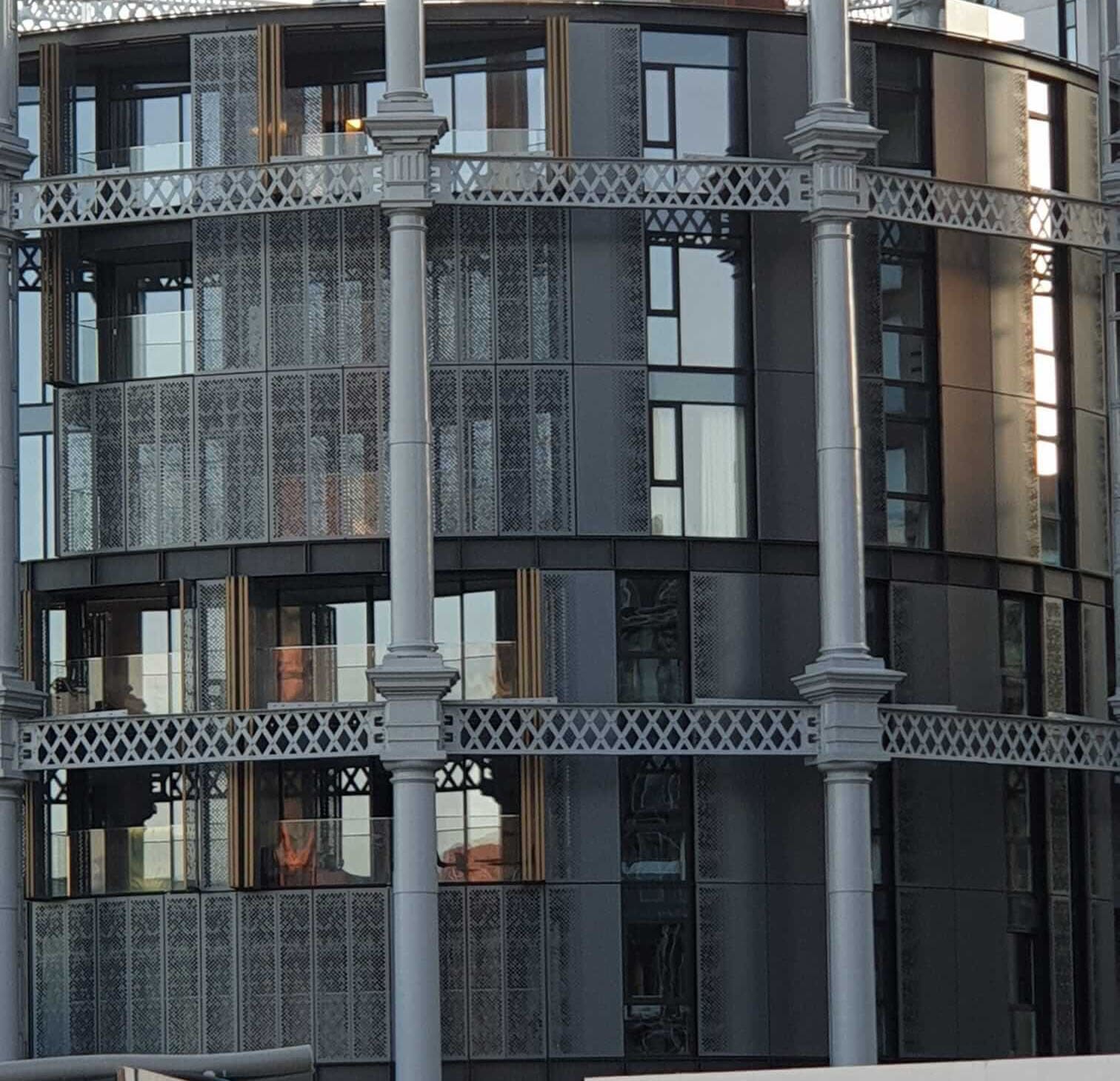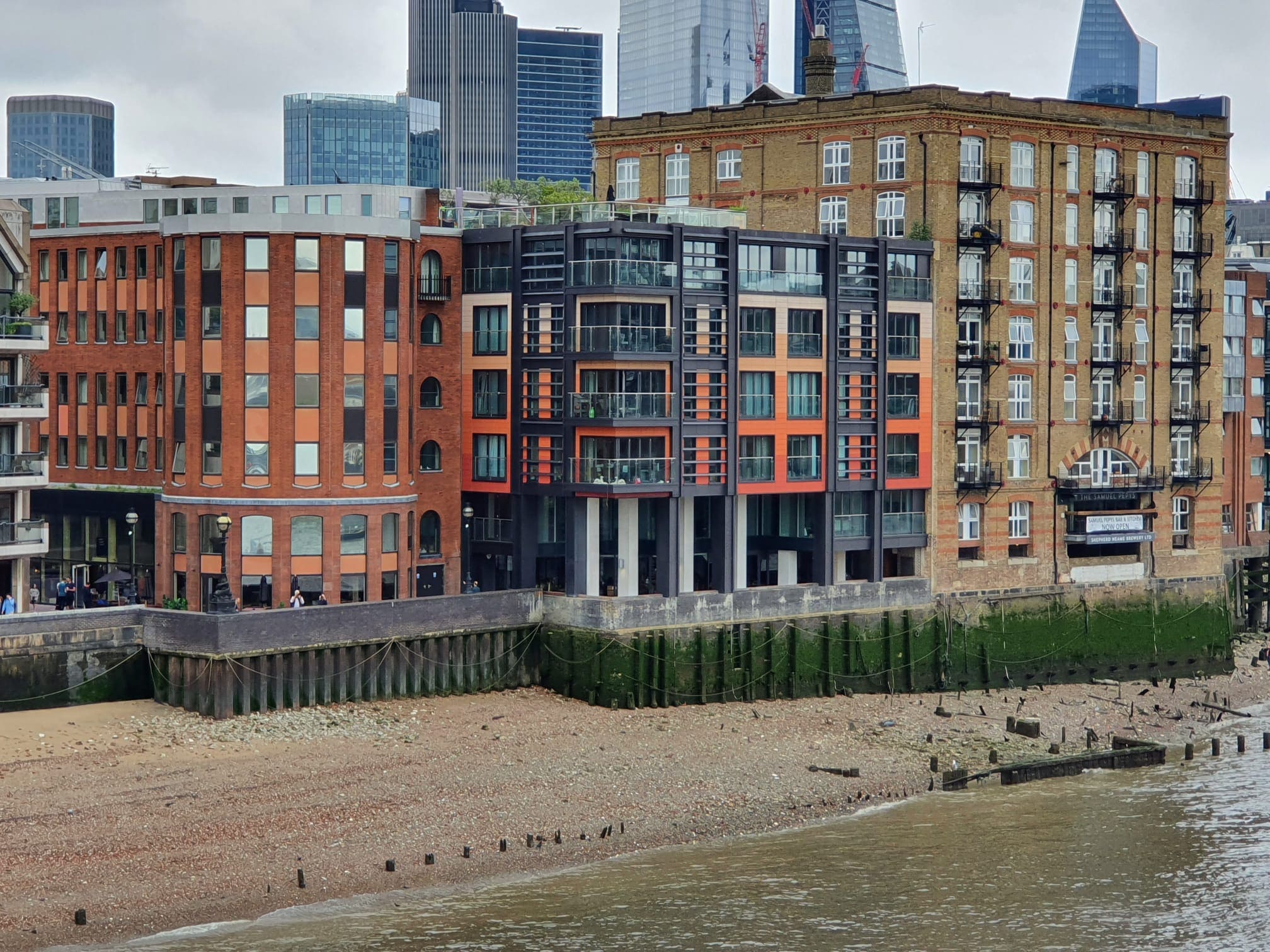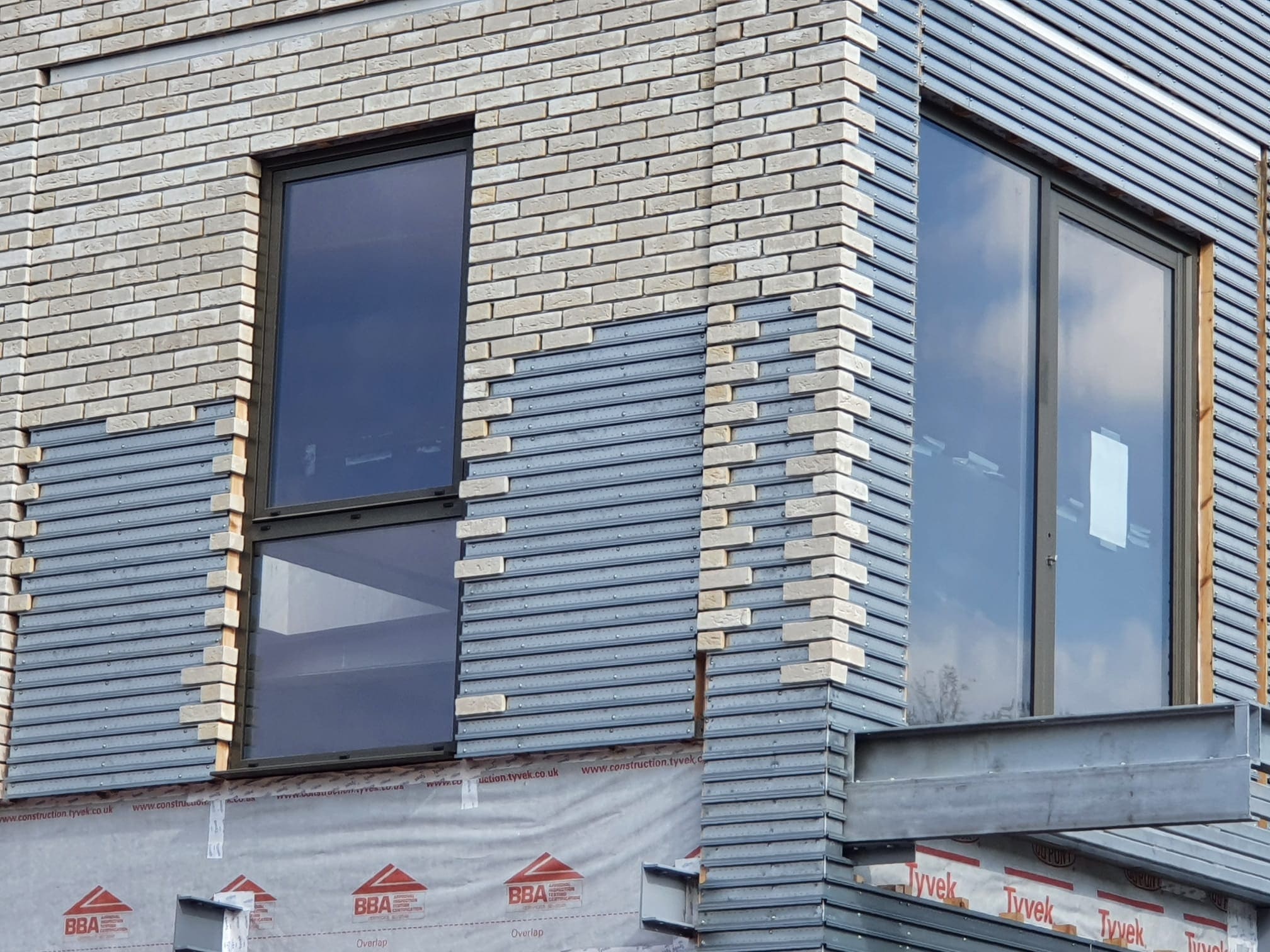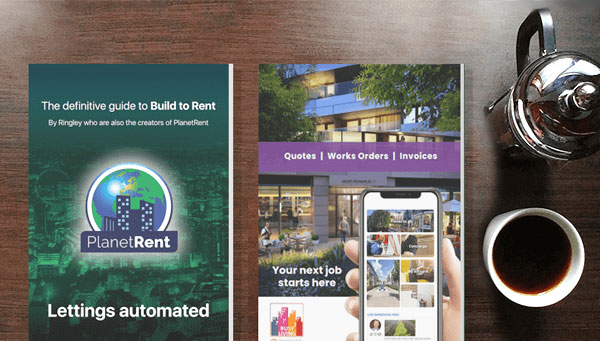Build to Rent (BTR) is a lifestyle phrase for purpose-built long-term rental property given by professional landlords in the United Kingdom, BTR is the UK equivalent of their multi-family sector
Low inflation and stagnant salaries, set against house price inflation have together priced young people out of homeownership and fuelled demand for the Build to Rent sector, as well as those leaving professionally run purpose build student housing expecting more. Enter BTR. BTR delivers purpose-built housing designed for rent set in a serviced environment with tech enabled front-of-house staff for immediate service delivery.
Rental households have grown by 74% in the last decade, and despite the fact that 20% of private landlords are selling up, demand for rental housing is predicted to increase from 4.5 million to 7.2 million by 2025. As a result, the fastest-growing segment of the housing industry is Build to Rent (BTR).
Build to Rent, is a rapidly expanding segment of the UK housing market, and is increasingly contributing to overall housing supply. The British Property Federation (BPF), in collaboration with Savills, report the sector is growing by 14%+ a year.
The UK Government has signalled to the industry the critical role that they want high-quality rental housing to play in upping its housing target by 35% in 20 key cities including London, Birmingham, Liverpool, Bristol, and Manchester.

Top UK BTR hotspots - city spotlight
With nearly 1.74 million homeowners expected to reside in purpose built BTR homes by 2030, the UK must address the housing issue by constructing a variety of houses and tenures to fulfil everyone's demands.
-
Birmingham Build to Rent (BTR)
Birmingham is known as a young city, typically filled with young people as age range to 35 or below. As an exciting city, acting as a host for large universities and a thriving nightlife, Birmingham is a very attractive location for young people searching for a home. Following on, this gives multiple new purposes to build flats for example a university student wants to move to Birmingham to be closer to their studies but on a low budget and maybe renting a flat.
For young people, Birmingham has a lot to offer. It is a metropolitan city, with world-class transport links and infrastructure, as well as cultural and social highlights. It is a top choice for huge number of young people looking for an alternative to London, which is more affordable and can offer a better quality of life.
The demographic of Birmingham is an ethically and culturally diverse city. The city is the core of the second most populous urban area in the UK taking after London at the top.
-
London Build to Rent (BTR)
London is known as the city of opportunity. It is much different from other cities and is exceptionally diverse, even for its age. Further to this, the social and business worlds are centrally important to London life, providing great appeal to movers of all ages. Many well-known companies are located in London, which attracts business people to move into the city for their careers. Additionally, London is known for its academics. Across the city there are multiple universities which appeal to young renters who seek greater opportunities for the future.
Many people move out of their hometowns to come to London for a range of reasons. These combined with London’s surrounding shops, culture and transport links, make building flats an excellent opportunity.
The demographic of London has the population of 8,173,941. Of its number of 44.9% are white British. 37% of the population are born outside the UK, including 24.5% born outside of Europe.
-
Liverpool Build to Rent (BTR)
Liverpool is famous for its rich art and culture, as well as its vibrant club and bar scene. The city benefits from a culturally diverse population, boasting Britain’s oldest African community and its own Chinatown. In addition, the annual influx of students from all over the world adds to the positive cosmopolitan atmosphere.
Liverpool is a great draw for a wide range of lifestyles and attracts all types of people. From sports fans to music enthusiasts, its history of famous artists like The Beatles and its football teams, mean there is something for everyone. It also attracts students for their universities with roughly around 70,000 students in Liverpool attracted by great sceneries and the night life of clubs and bars this gives multiple purposes to build flats.
-
Bristol Build to Rent (BTR)
Bristol is known for its amazing events, including magnificent festivals and stunning street art. Bristol holds lovely scenery across the city, with its green spaces, beautiful waterfront and bridges. The population of Bristol is approximately 707,000 and is increasingly diverse with the typical age of residents being 32 and above.
Bristol is an attractive place to build as it has a high employment rate, fast growing economy and an excellent location with many travel connections. The city ranks highly for its quality of life; this combined with a strong job market driving up the demand for rental properties is creating great opportunities to build in Bristol.
-
Manchester Build to Rent (BTR)
Manchester is known for its affordability in comparison to other major cities in the UK. Manchester has a number of large universities, making it a very popular destination for young people. As a city with a wide array of nightlife, festivals and places for food and drink; combined with a typical rent price half of that in London, makes living in Manchester very appealing. The number of attractions, the growing population and the increasing demand to live in Manchester has created an excellent opportunity to build these attractive flats today.
The demographic of Manchester is a widely diverse mix of ethnic groups. The estimated age population living in Manchester is 296,000 people, 18-49 years of age making Manchester a young city.
-
Leeds Build to Rent (BTR)
Leeds is known to be more settled in comparison to other cities like London and Manchester. Leeds has many more green spaces, as it is typically further away from heavily urbanised areas. While, it is famous for its university accommodations and student life; Leeds generally has an older population as it is a quieter place for people to settle down. However, it does also have a vibrant nightlife and bar scene, which provides good reason to build flats for either young or older residents.
The demographic of Leeds show the highest of aged people living in the city is aged 16_^$ being at the population of 520,582.
-
Leicester Build to Rent (BTR)
The city Leicester is known for its hotspot for commuters, buyers are also drawn in by attractive property prices, great schools, high employment and some superb higher education institutes. Leicester attracts a range of people of diverse ages and income.
Leicester has a great attraction for the business people as it is ranked one of the best places to start a business in the UK-2nd to London 35% growth in business stock over the last five years – greater than London, Birmingham and Nottingham. Compared to London, businesses in Leicester save on average £15,500 per annum per employee. This makes Leicester an exceptionally attractive place for working people and business owners. In consideration of these benefits, this provides good reason to build new flats.
The demographic age is typically 38% of the city are aged between 0-24 with a significantly higher proportion aged between 20-24 years in comparison to the England average.
-
Newcastle upon Tyne Build to Rent (BTR)
Newcastle is a unique city because of the River Tyne and its harbour. This in itself makes Newcastle an interesting property investment. Newcastle is a major student city making it good for student property investors. The university of Newcastle upon Tyne has around 23,000 students from around 120 countries with its main campus to the northeast of the city. Northumbria has around 27,000.
The northeast has some of the lowest property prices in the country. Newcastle is the cheapest major city for property in England. In Newcastle, the population is approximately 1.2 million with an average age of 41.3 years.
-
Southampton Build to Rent (BTR)
Southampton is a port city and is the closest city to the New Forest National Park. It is rich in culture and activities, and has transport links to the rest of the country. Southampton has approximately 326 acres of fields, wetlands and wildlife conservation areas, making it one of the greenest cities in the UK. In addition, with its universities, art galleries and scenic port; Southampton has become a developing cultural hub, both on land and at sea. It is a city that has been favoured by students, young professionals, retirees and sailing lovers.
The largest age group in the city of Southampton is between 15 and 64 in total 55.1% of the population. The second largest bracket are those that are 65 and older 34.1%. Southampton is of great appeal to older people who are settling down and having kids or for those who are retiring. In addition, as it is also a university town, there are a plenty of reasons to build flats with purpose.
-
Nottingham Build to Rent (BTR)
Nottingham is known to be a culturally rich city centre to picturesque villages in the country side. The demographic for Nottingham is ranked as one of the best places to live in the UK and the residents have the most disposable income- which means they have more to spend and live a wealthy lifestyle compared to other cities who may be on a tight budget. Nottingham is a great attraction for highly skilled workforce and attracts many businesses. Living in Nottingham is a popular choice for buyers hoping it helps to avoid the inflated prices found in other cities. This city is known for its money, wealthy people.
The typical age range based in Nottingham is 69% 16-65 years old.
-
Brighton and Hove Build to Rent (BTR)
Brighton is known to have all the big city amenities, yet its relaxed atmosphere gives a homely town feeling. It’s close enough to London that commuters or day shoppers can comfortably travel regularly. This is of massive benefit to property investors and the rent they earn. Brighton is famous as a seaside city, making it a massive summer tourist attraction with a visitor’s trade. This further supports the demand for more accommodation, not only as an attractive permanent home, but also as a place for holidaymakers to stay.
Brighton is a tourist attraction city who love beaches and shopping. Brighton also has a few universities so you will find students all over. The demographic in Brighton is diverted in age but mainly filled will older people.
Market Opportunities
In recent years, UK legislation to raise standards in rental housing has been a plenty. As well, barriers to renting such as up front tenant fees have been banned and deposit alternative products introduced. The institutional landlord is focussed on 'customers' not 'tenants' and ensuring that renting is a pleasant experience, a lifestyle choice and is seriously focussed on creating some of the UK's newest and most dynamic neighbourhoods.
Affordability:
Rising capital value dictate that the design/use of space is becoming increasingly significant. Depending on location and unit mix, affordability can start at 20% of income attracting people out of the poor quality Houses in Multiple Occupation 'HMO' market.

Age targeted living:
BTR is age targeted. Many see it as the obvious progression from professionally run student housing and bedroom clusters around a shared kitchen. BTR is a step up from coliving's lack of personal square footage and home comforts. BTR offers renters spaces where most bedrooms are double and the square footage per person is more fairly apportioned. Simple, durable, bright and clean well designed spaces within places that are community driven.
UK BTR is more than just city centre. The surge in keenly priced, commutable single family housing is driven by infinitely greater supply of suitable sites and recognition that many young renters mature and need more space to start a families.
Revenue growth
Build to rent is a revenue-driven, design-led, long-term income concept that provides a tech enabled convenient lifestyle choice to today's savvy chic millennials who will pay 'market rent plus' to consume housing. Rent premiums being driven by the promise of service, a cult brand, environmentally conscious construction, cheaper bills, certainty of repair and maintenance being addressed, deposit alternatives, pet friendly, community offerings, monetised amenities and convenience. According to studies, the BTR sector is expected to be worth $544 billion in 2030, with a total PRS value of 1.5 trillion.
The focus is on total returns: with space planning, materials, fittings, furniture and furnishings expertly curated to drive the enhanced 'rent plus' model. BTR structures are purposefully designed for durability, for example component lifecycle longevity for minimal maintenance and ease of access/disturbance, and plant and equipment selection that considers UK stocks of spares and a spares list. Together the detail can drive an appealing return.
BTR prerequisites
-
The no deposit option
With deposit alternative products from the likes of Reposit, Canopy and Flat Fair providing between 6 and 8 weeks rent cover for the price of ONE weeks rent the struggle to amass the normal 5 weeks rent as deposit on top of the first months rent in advance is lifted.
-
Superfast broadband
Accreditations such as 'wired score' can certify broadband as bronze, silver, gold, or platinum to give residents the surety that superfast tech connectivity is assured.
-
Security - you and your home
For you - BTR developments adopt secure by design principles as well as a community to look out for you. On larger developments add 24/7 security or concierge and a range of site staff. Secure bike storage with CCTV and lockers for performance bikes.
As your home - in a BTR scheme there is no fear that the landlord may want to sell up and throw you out, instead the resident gets longer leases and predictable rents (often index linked)
-
Work/life balance
Room layouts need to consider the placement of furniture and light paths to design in work from home spaces. These can comprise hinged fold away surfaces or work from home packs sold on site as well as specific co-working space in communal areas or work from home pods.
-
High energy efficiency
The norm is EPC ratings of B or above. Well insulated homes means cheaper bills and a socially responsible choice.
-
Quality finishes & A+++ appliances
Well designed homes are easier to clean, well chosen flooring is hygienic, storage space and increasingly work from home space is designed in. Sound proofed double glazing, well insulated homes, energy efficient heating and A+++ appliances are the norm.
-
No nonsense repairs
Reliable, professionally managed repairs and maintenance organised with staff on site to provide access simplify the hassle and inconvenience renters just don't want to be bothered with.
-
Deliveries (be in when you are out)
A service to receive and store parcels is coveted again reducing inconvenience.
-
Amenities
Size and scale as well.as local competition will determine the amenities pricing strategy and whether residents should receive a wide range of amenities and services as part of their monthly rent which can adds significant value to residents' lives by eliminating the need to pay for a separate gym membership, co-working space, or bike storage.
For some amenities rationing will drive the need for amenity pricing, e.g., for parking, storage and housekeeping.
-
Wellbeing
A BTR development cannot not have a wellbeing strategy. This can include spaces that promote health: gym and/or fitness studio, gardens and/or roof terraces as well as an app based wellbeing challenge or daily messaging programme and/or a programme of community get together events.
-
Space to entertain
A residents' lounge is a basic, private dining area and cinema rooms a plus and where space is short perhaps folding doors can transform a roof terrace into a summer outdoor cinema.
-
No fuss applications process
A tech enabled applications process is key. Moving home is widely reported to be an event second only to bereavement of a family member. Done well BTR offers a frictionless experience delivered by knowledgeable teams.
-
A social calendar & resident events
Part of the proposition of build to rent is the promise of a lifestyle and a sense of belonging. This may be as basic as monthly meet and greet, or find a flat-mate evenings, or an array of fitness classes and personal trainers, to big screen sports, open air movie nights or VC pitch sessions.
-
Good public transport links
Close to transport nodes. Accommodating bicycle storage, bicycle hire, bike wash and car clubs.
-
Pet-friendly homes
According to research by Dataloft and British Property Federation 'BPF' covering some 20,000 residents living in over 15,000 homes across 89 UK BTR schemes, 75% of schemes allow pets in some or all of their homes.
-
Value for money
BTR provides residents more than simply a home. It offers value for money as often with the cost of shared amenities is included in the rent. Research shows on average a 4% rent premium in schemes where recreational amenities are offered according to British Property Federation 'BPF' research.
-
Place-making:
A lifestyle that encourages tenants to stay in their homes and allows them to trade up or down as their circumstances change, resulting in brand loyalty. High-quality estate areas, green spaces, and the establishment of cafes and restaurants all contribute to the local economy and residents' well-being.
-
A modular opportunity
Rising material prices, skilled labour shortages and efforts to streamline house construction continue. Forward funded BTR provides an opportunity for modular construction as capital wraps their heads around it.


















